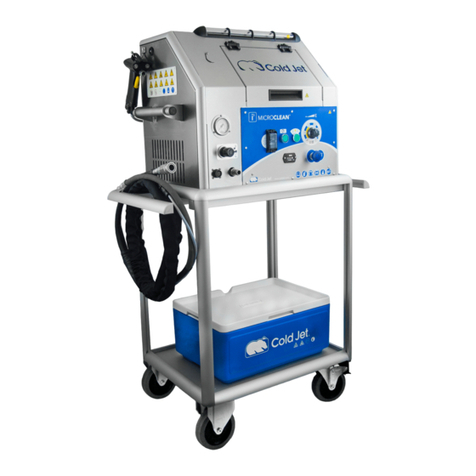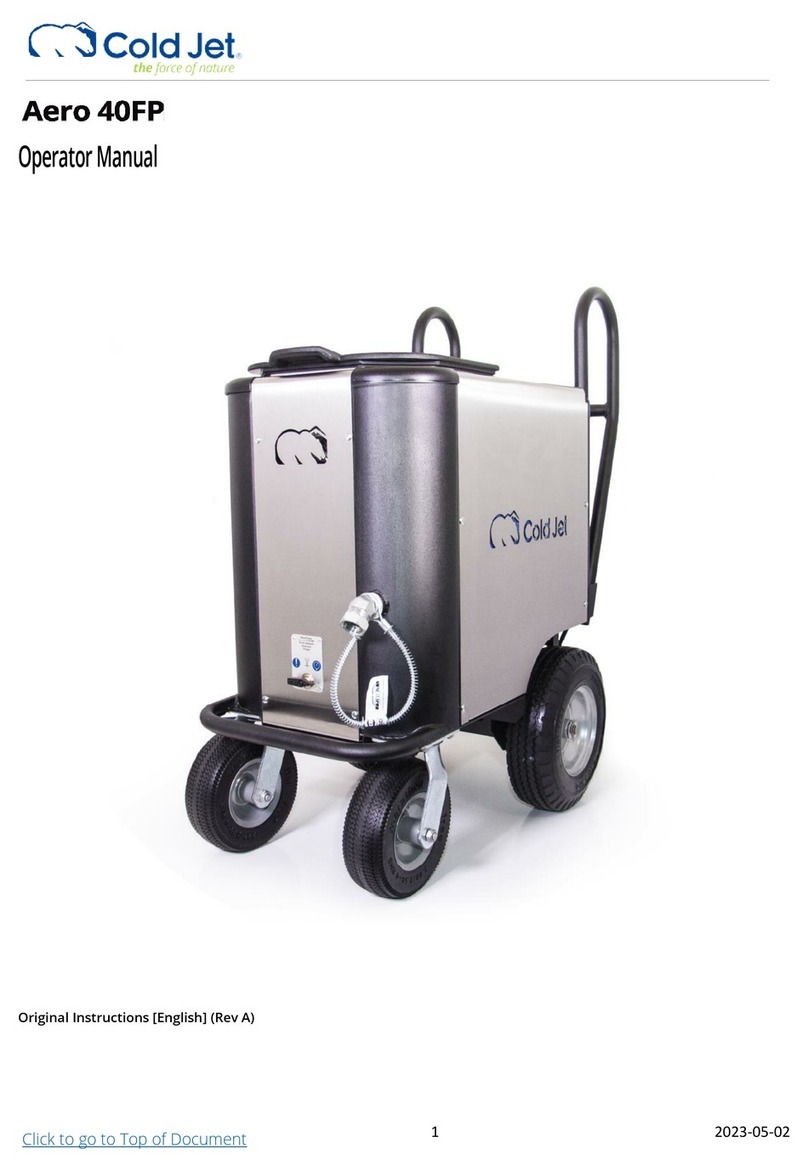8
General Safety Guidelines
This machine is designed to comply with international design standards and the European Machinery
Directives. Therefore, using the machine does not pose a risk to the operator when the instructions in this
manual are followed. However, certain precautions must be followed during its use. To understand all the
necessary precautions, the machine operator must read the entire manual before operating or performing
maintenance on the machine.
Operation should only be performed by trained personnel. Below are some basic safety guidelines:
a.
Follow local governing codes to ensure a minimum standard of safety.
b.
Wear protective gloves, eye protection, and hearing protection.
c.
Operate the machine in a well-ventilated work area.
d.
Follow the prescribed Inspection schedule (see “Inspection” on page 57).
e.
Start up and shut down the machine according to the instructions in this manual.
f.
Do not operate a machine that is damaged or in disrepair.
g.
Do not store objects on top of machine.
CO2Safety
WARNING Ensure adequate ventilation when operating this equipment to
prevent the build-up of carbon dioxide gas. If used indoors or other confined space,
a CO2 detector should be used to monitor for excessive unsafe levels of CO2 gas
and provide a suitable warning. The legal exposure limit by OSHA is a 0.5% average
over an 8-hour workday.
This machine uses dry ice (CO2in solid form). The temperature of dry ice is -109°F (-78.9°C). Avoid coming
into direct contact with dry ice as it may cause severe tissue damage. Study the material safety data sheet
(MSDS) of dry ice (CO2) supplied with the delivery of dry ice and follow all the recommendations and
guidelines listed therein.
Operate the blaster in a well-ventilated work area with continuous CO2-level monitoring. The effects of CO2
are entirely independent of the effects of oxygen deficiency. Therefore, CO2concentrations at 3-5% causes
headaches, fast breathing, and discomfort while higher concentrations may cause unconsciousness,
suffocation, or respiratory arrest. The legal exposure limit set by OSHA is a 0.5% average over an 8-hour
workday and the acute (15 minute) exposure limit is 3.0%.
Always use a CO2monitoring/alarm system when working with machinery that emits CO2in a confined
room/space.































